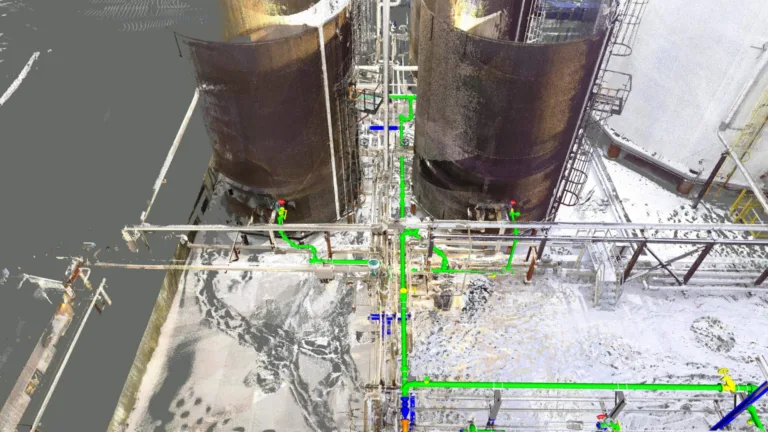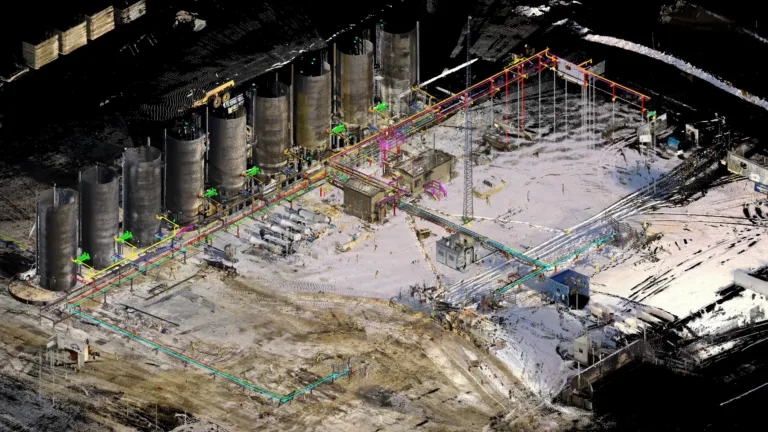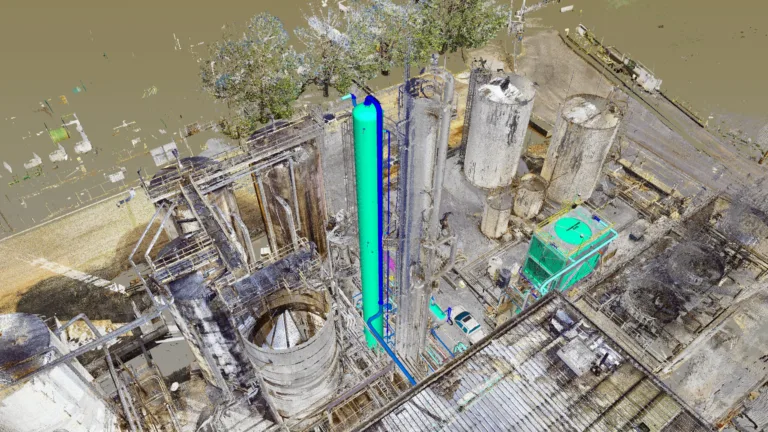Mastering Well Pad Construction
Proven Success Strategies
Within Alberta’s oil and gas sector, well pads stand as the unassuming yet indispensable infrastructure that powers the province’s hydrocarbon production. These unassuming structures serve as the operational epicenter, providing the essential groundwork for drilling, extraction, and production processes in the energy industry.
Well pads, more than mere concrete slabs, encompass an intricate network of components, from wellheads to equipment and facilities, allowing for the safe and efficient harnessing of valuable hydrocarbons. However, beneath this surface simplicity lie complex challenges that accompany their construction and maintenance, ranging from resource management and scheduling coordination to workforce shortages, quality control dilemmas, budget constraints, and the nuanced dance of regulatory compliance.
In this article, we will delve into the multifaceted world of well pad construction and the unique challenges it presents in Alberta’s oil and gas landscape. Let’s first explore the crucial role well pads play in the industry and the demands they impose on those responsible for their creation and upkeep.
The Role of Well Pads in the Oil and Gas Industry
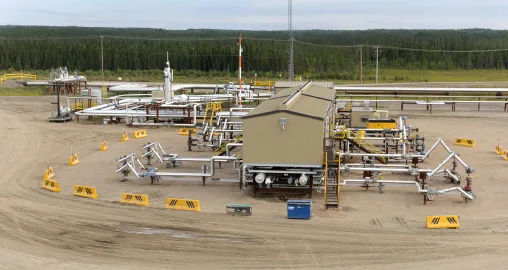
Within the oil and gas sector, well pads occupy a central position, serving as the essential foundation for drilling, extraction, and production activities. These structures house critical components including wellheads, specialized equipment, and essential facilities, playing a pivotal role in the industry’s operational machinery.
However, despite their vital importance, well pads are not without their hurdles and challenges. Their significance in the industry underscores the need for meticulous construction and maintenance, a process fraught with specific hurdles and intricacies. In the following section, we will explore these challenges in greater detail, shedding light on the unique demands imposed by well pads in Alberta’s oil and gas landscape.
The Main Challenges
Resource Management: Coordinating the materials, equipment, and skilled personnel required for well pad projects, which can vary significantly in scale and level of detail. From concrete and steel to specialized drilling equipment, sourcing and managing these resources efficiently is critical to project success.
Scheduling Constraints: The efficient scheduling of well pad construction is paramount to avoid costly delays and maintain production timelines. Weather conditions, logistical considerations, and regulatory restrictions often pose challenges in this regard.
Workforce Shortages: Alberta’s highly competitive oil and gas industry frequently faces shortages of experienced professionals for well pad projects. Securing skilled labor and retaining them for the duration of a project is an ongoing concern.
Quality Control: Ensuring consistent quality standards across different contractors involved in well pad construction is vital. Differing work practices and standards can lead to inconsistencies in construction quality, potentially compromising the integrity of the well pad.
Budget Limitations: Striking a balance between cost control and maintaining safety and quality standards is a common challenge for many companies in the industry. Budget constraints necessitate careful planning and resource allocation to ensure projects remain financially viable.
Regulatory Compliance: Environmental and regulatory factors, including seasonal restrictions, add complexity to project timelines. Navigating these regulations while adhering to project schedules requires meticulous planning and execution.
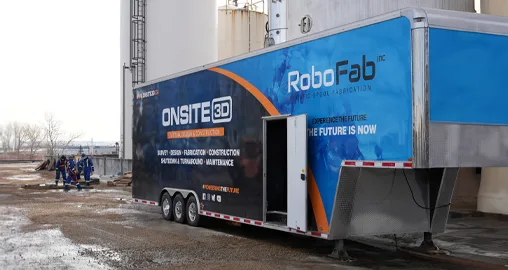
ONSITE3D: Addressing Well Pad Challenges
In navigating these well pad construction challenges, ONSITE3D is steadily emerging as a prominent player within Alberta’s oil and gas industry. The company’s holistic approach and expertise have been instrumental in overcoming these hurdles.
ONSITE3D, known for its cutting-edge technology, is more than just a tech company; it provides comprehensive mechanical construction solutions. With strategically located facilities and offices in Alberta and Texas, it positions itself for proximity to key industry hubs. Equipped with a diverse array of advanced equipment, including a fleet of picker trucks and a 40ft tool crib, ONSITE3D ensures that necessary resources are readily available. The company’s experienced construction crews and management teams further bolster project efficiency.
Quality assurance and safety are at the core of ONSITE3D’s operations, evident through their rigorous QAQC/HSE processes. Notably, their utilization of Spool Welding Robots (SWRs) has revolutionized well pad construction. This cutting-edge technology not only reduces costs but also significantly accelerates production rates, a critical factor in well pad construction.
ONSITE3D leverages digital technology to plan and de-risk projects. Their expertise in budget management ensures that projects stay within financial constraints, a feat achieved without compromising safety or quality standards. This integrated approach to technology and construction consistently leads to on-time project completion, frequently resulting in budget savings.
The well pad construction process at ONSITE3D is meticulous. It commences with a project assessment that considers unique requirements, budget constraints, and scheduling limitations. The digital design and planning phase optimizes efficiency and minimizes risks. Resource allocation, including manpower, materials, and equipment, is meticulously managed to meet project deadlines. Ongoing quality checks throughout the project ensure work of the highest caliber, further reinforcing ONSITE3D’s commitment to quality and safety.
Well pad construction and maintenance remain pivotal within Alberta’s oil and gas industry. Companies like ONSITE3D offer a reliable solution to these complex challenges. For companies involved in the oil and gas sector seeking to address the challenges of well pad construction and maintenance, ONSITE3D presents a compelling option.
Share Article


